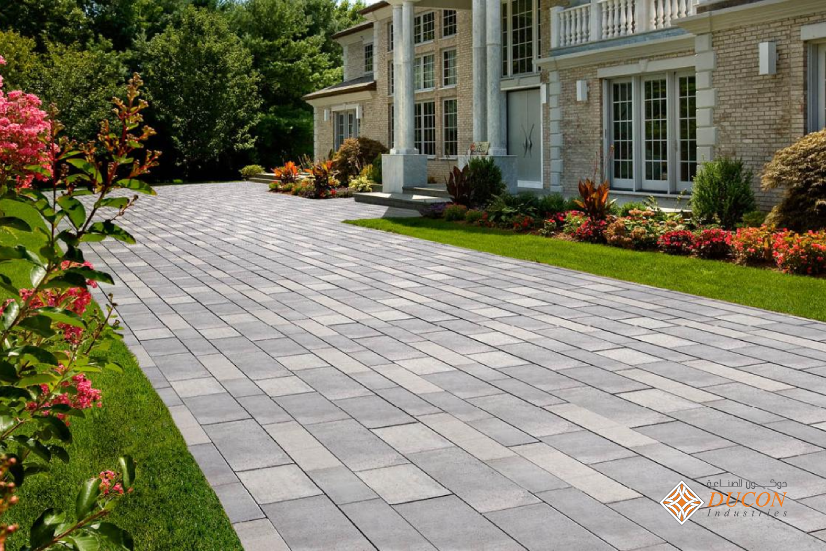5 Tips for Properly Installing and Sealing Concrete Blocks
The structural integrity and endurance of walls, foundations, and numerous construction projects depend on properly laying and sealing concrete blocks.
Installing Concrete Blocks
- Prepare the Surface
Make sure the surface is clean and free of excess moisture, dirt, and other objects before you begin. To support the concrete blocks, make sure the footing or foundation is level, tightly compacted, and positioned correctly. If necessary, make a stable and level base using a levelling compound or concrete mixture.
- Use the Correct Mortar Mix
Determine which mortar mix is best for your project. For the majority of concrete block applications, type S mortar is a popular option. The mortar should be blended to the proper consistency, which is often a thick, creamy texture, according to the manufacturer’s recommendations. The correct mortar mixture must be used to ensure a solid connection between the blocks.
- Lay Blocks with Precision
When laying the concrete blocks, use a mason’s line or a level to ensure they are plumb (vertical), level (horizontal), and properly aligned. Lay the blocks and tap them into place with a rubber mallet.
- Provide Adequate Reinforcement
To increase the wall’s strength, you might need to place rebar or steel reinforcement into the hollow cores of the concrete blocks, depending on the project’s specifications. To choose the best reinforcement method, consult your local building codes and plans.
- Seal the Blocks and Joints
It’s essential to properly seal the concrete blocks and joints to stop water infiltration, which can eventually cause fractures and damage. Make sure to choose a concrete sealant made for masonry surfaces. Following the manufacturer’s directions and making sure the entire surface is covered, apply the sealant. As common access locations for water, pay close attention to the horizontal and vertical mortar joints. It could be important to do routine maintenance and reseal, particularly in regions with harsh weather.

Check the concrete blocks frequently for any indications of deterioration, cracks, or water infiltration. Make any urgent repairs required to stop further degradation. Reapply the sealant as necessary, particularly in high-traffic areas or places that experience extreme weather. The concrete blocks’ lifespan and structural integrity will be maintained with regular maintenance. These recommendations will help you ensure that concrete blocks are installed and sealed correctly, which will result in a building project that is more resilient and long-lasting.







Leave a Reply